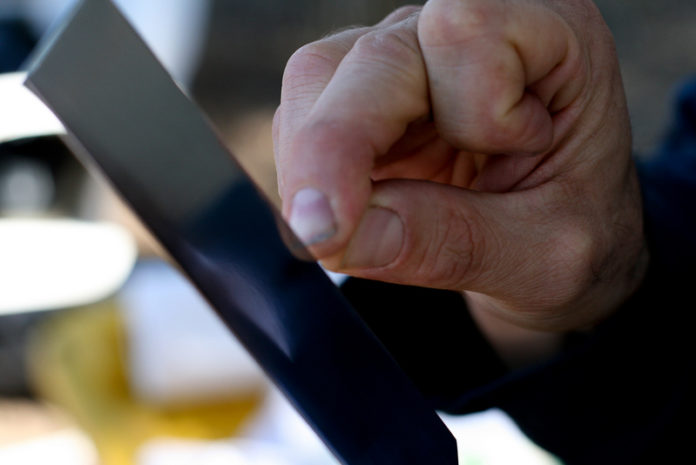There has recently been a shortage of glatt meats resulting from shechita in Poland, which is where Badatz Eida Chareidis and Badatz Kehillos shecht, a Kikar Shabbos News report explains. Now it remains to be seen if the shortage continues or possible even worsens.
As a result, it is entirely possibly, if not likely, that the shortage resulting from shechita will soon be visible in supermarkets as according to shochtim, the amount of glatt meat is “significantly lower” than in the past.
For example, Badatz Kehillos reports that in some cases, after shechting 100 cattle, only 10 were certified as glatt due to the chumros the hechsher abides by in line with the piskei halacha of the Beis Yosef. The norm is 25% to 30% of the shechita is glatt, and in Poland, the outcome is a mere 10%.
At present, the kashrus community is seeking an alternative venue for shechita, one that will result in a larger number of glatt meat.
*****SIGN UP NOW —- GET YOUR NEWS IN RECORD TIME***** Make sure you are one of the more than 22,000 that signed up to YWN WhatsApp Status to receive news in live time. Click this link – or send a message to 1-888-4-YW-NEWS (888-499-6397) – to see our status posts*****
During a meeting of rabbonim affiliated with Badatz Kehillos, the option of shifting the operating to South America was discussed, for there, it is likely there will be more glatt steer regarding the lungs of the cattle, but the rabbonim rejected the idea due to concerns with the cattle’s stomachs (טריפת הכרסים) due to the fashion in which the cattle are given injections in South America. Injections are given to avoid the twisting of the animal’s stomach, but at the same time, the rabbonim feel the animal is rendered treif due to the perforation in its digestive system, a halachic disqualification that would be most difficult to find on inspection.
Since all the cattle receive the injections in some areas in South America, and such a pasul would be extremely difficult to detect upon post-shechita inspection, the rabbonim decided for now, to continue shechita in Europe to the exclusion of Poland.
It is pointed out that Badatz Mehadrin (Rav Avraham Rubin) and Badatz Rav Landau both shecht in South America despite the issue of the injections, apparently having found satisfactory solutions.
(YWN Israel Desk – Jerusalem)












5 Responses
Any reason why they haven’t been able to establish a breed of cattle that can be raised successfully and economically in EY?? I assume its a combination of heat, absence of grazing lands, etc.
Q: if the norm of Badatz is 25% or 30% as this article claims and the only reason we halachacly are permitted to drink milk because we rely that rov cows are kosher how can badatz be the correct standard for kosher or do those who hold only badatz as kosher also hold all milk is muchzak trief?
I once heard that it’s a takanas Chazal not to raise cattle in Israel. Is this true?
besalel – they are not saying 25% or 30% are non-treif, they are saying that is the percentage that are *glatt* kosher. Still can have rov kosher just not with all the chumras required for glatt. Don’t mix up chumras with strict halacha.
Mordechai2488 : the beis yosef holds that non “glatt” is not kosher. it may be a chumra in your eyes but in halacha there is kosher and not kosher.